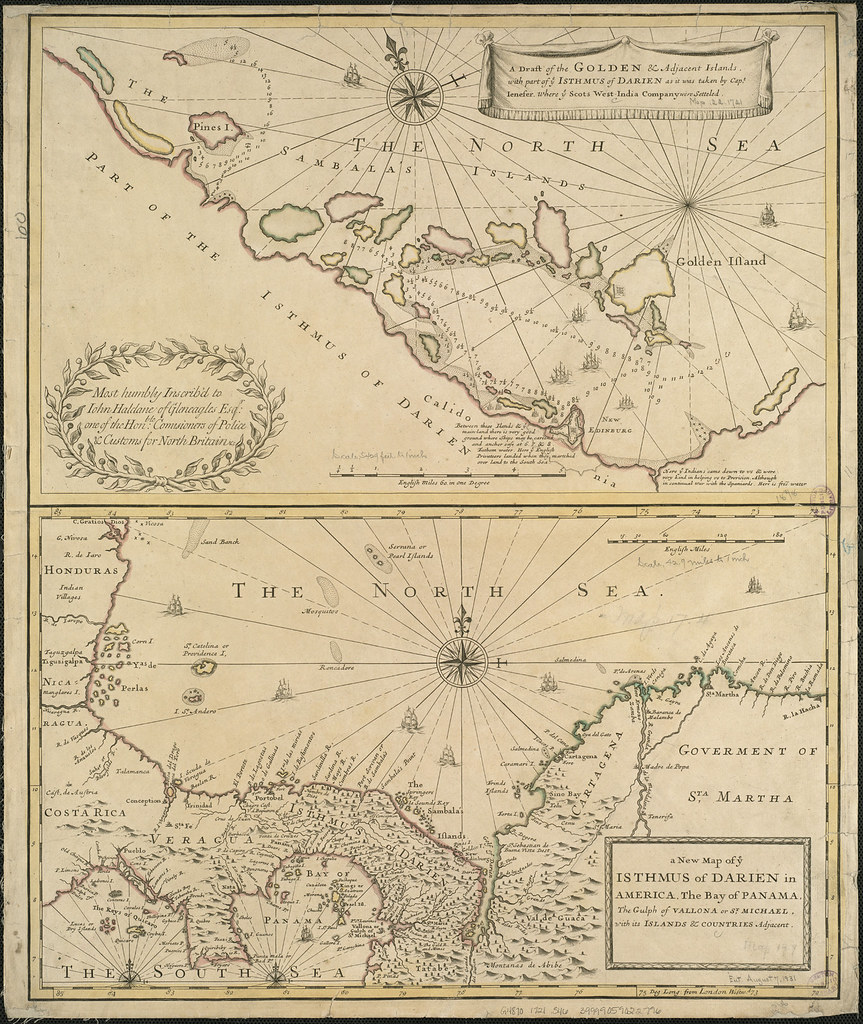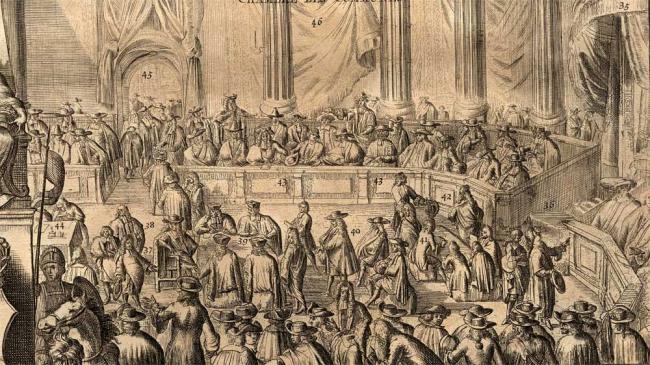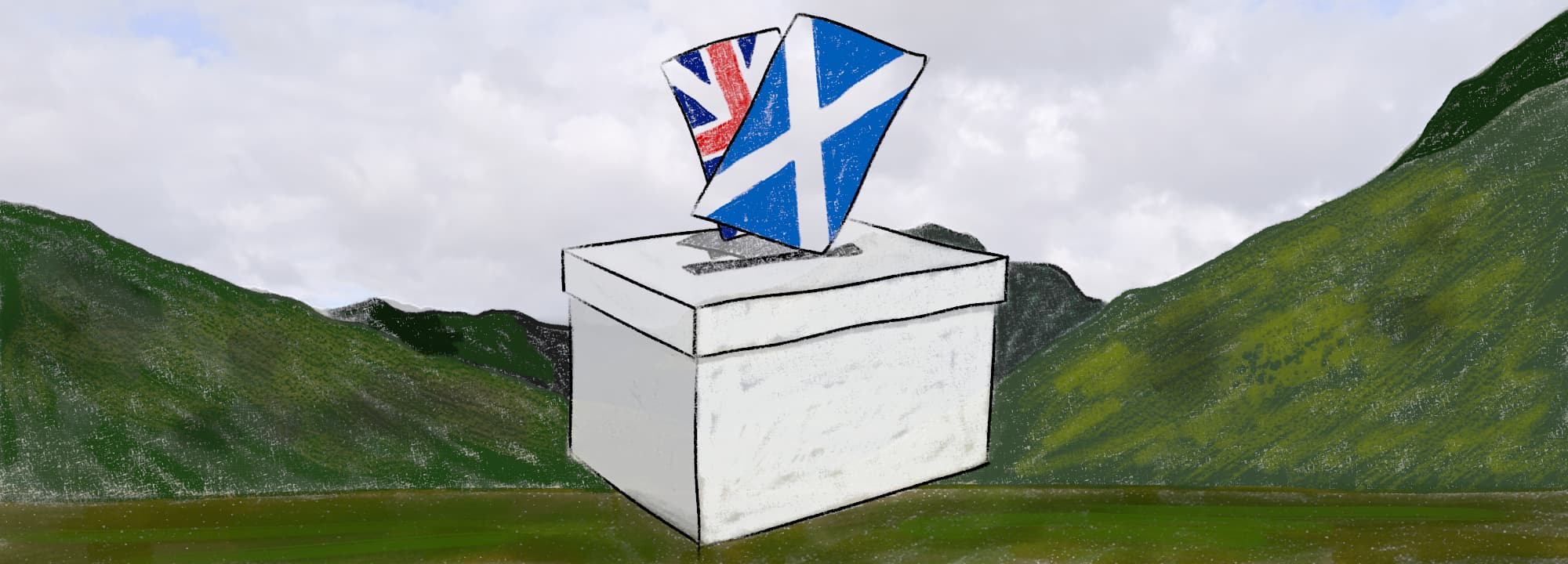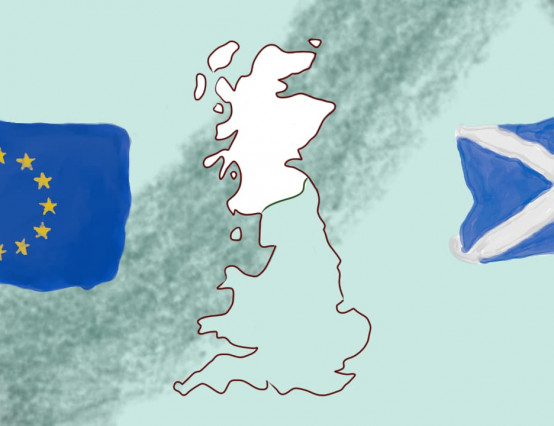To give a context of how the union of Scotland and England came to pass, it's essential to begin with one man: King James VI. A Stuart king of Scotland, he created a bond between Scotland and England when he went on to take the English throne after the death of Elizabeth I. This marked the Union of the Crowns, but not of the nations themselves. After him, each subsequent monarch would be crowned king/queen of both Scotland and England.
James VI spent his entire reign in England, visiting his former homeland only once. As a result, the majority of the Scottish ruling elite moved to London, as this had suddenly become the seat of highest influence in Scotland. James VI advocated heavily for a true political union, but was never able to affirm his agenda. As time wore on, the two nations settled into an uneasy alliance.
The status quo was largely maintained, until Scotland embarked on an exceptionally ill-advised colonial/financial endeavour, named the Darien Scheme. The scheme sought to establish a colony on the Isthmus of Panama, which would give them a very lucrative level of control over trade passing from the Pacific to the Atlantic Ocean, much like the Panama Canal did in later years. This was financed using roughly 20-25% of the Scottish economy.
It failed for a number of reasons. Poor planning led to the organisers neglecting to consider some major obstacles, including Spanish military opposition, insufficient provisions, and a complete lack of understanding towards the climate and agricultural feasibility of the settlement. As an additional factor, the English king at the time, despite also being the king of Scotland, gave very little support for the endeavour and instructed all English and Dutch colonies not to assist the Darien Scheme in any way, as the scheme threatened the London-based East India Trading Company's near monopoly on nautical trade. This lack of support went so far as to refuse a shipload of dying settlers refuge as they passed through English territory.
 Map of Isthmus age Caption
Map of Isthmus age Caption
This lack of assistance from England angered many, but it was never likely to be forthcoming. Any attempts to assist Scotland in their effort would have risked war with Spain; it was foolish for the investors behind Darien to count on the help of their economic rivals. Internal incompetence and external efforts led to the complete and utter failure of the scheme.
The Scottish ruling class had invested a ridiculous amount of money in Darien. As such, when the scheme collapsed, so too did the Scottish economy. Searching desperately for a way to recoup their losses, the nobles turned to England. Petitions for an Act of Union had continued even after the death of James VI, and finally, the Scottish ruling elite were in a position to view the proposal as an economic necessity. A huge factor in this was the so-called 'Equivalent', a monetary fund promised to Scotland's ruling elite by the monarchy to reimburse them for the money they lost during the Darien Scheme, so long as they took part in the negotiations. Despite opposition from the people of Scotland, with riots springing out in Glasgow and Edinburgh, the Scottish political establishment sat down to begin negotiations in 1705, with a completed treaty signed and ratified two years later.
 Parliament 1705 by History of Parliament Online
Parliament 1705 by History of Parliament Online
And so, after centuries of wars and disputes, Scotland finally came firmly under English rule. No vote was taken as it was believed that the pro-union side would lose. The Scottish parliament was dissolved, political representatives were sent to Westminster, and decades later, Robert Burns wrote the following:
"What force or guile could not subdue
Thro' many warlike ages
Is wrought now by a coward few
For hireling Traitor's wages.
The English stell we could disdain,
Secure in valour's station:
But English gold has been our bane-
Such a parcel of rogues in a nation!"
In the end, Scotland was bought and paid for, sold by its ruling class to compensate for their fruitless schemes: a parcelled nation of rogues.










0 Comments